5 Best On-Course Swing Tips
PGA pro Alex Elliott shares his top tips for how to think better on the course
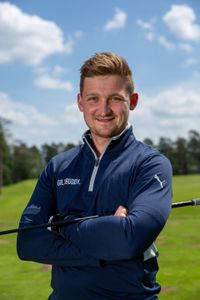
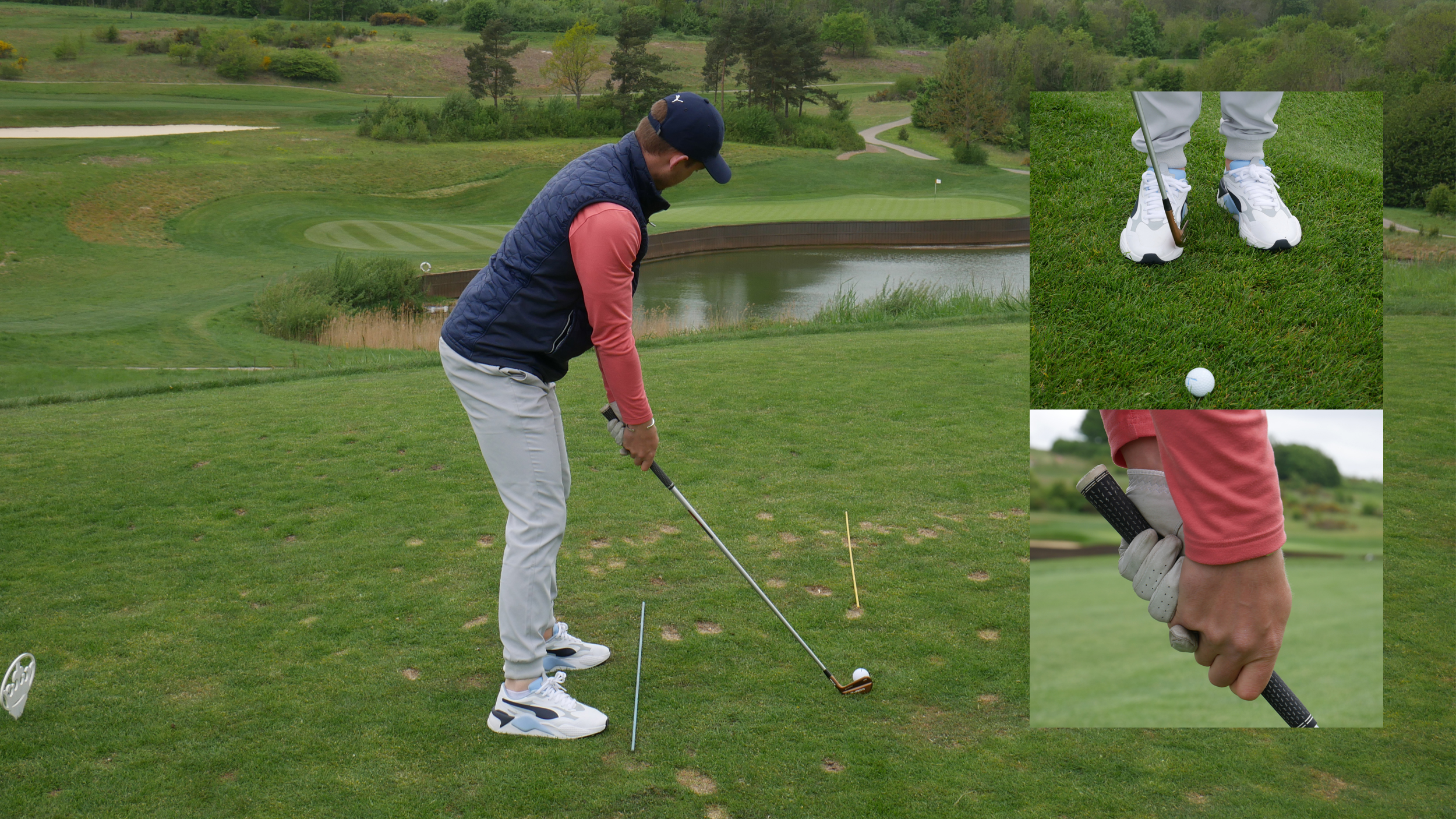
As golfers, we are often guilty of falling down technical rabbit holes that affects our ability to get the ball in the hole. In the video and article below, PGA professional Alex Elliott runs through five great on-course tips that will help you think more clearly and score better this year...
Think smarter
I want you to consider this on every single shot: you have a thinking zone and a playing zone. Often, golfers are advised not to think about anything or, on the other end of the spectrum, they will be given too much information that can clutter their minds.
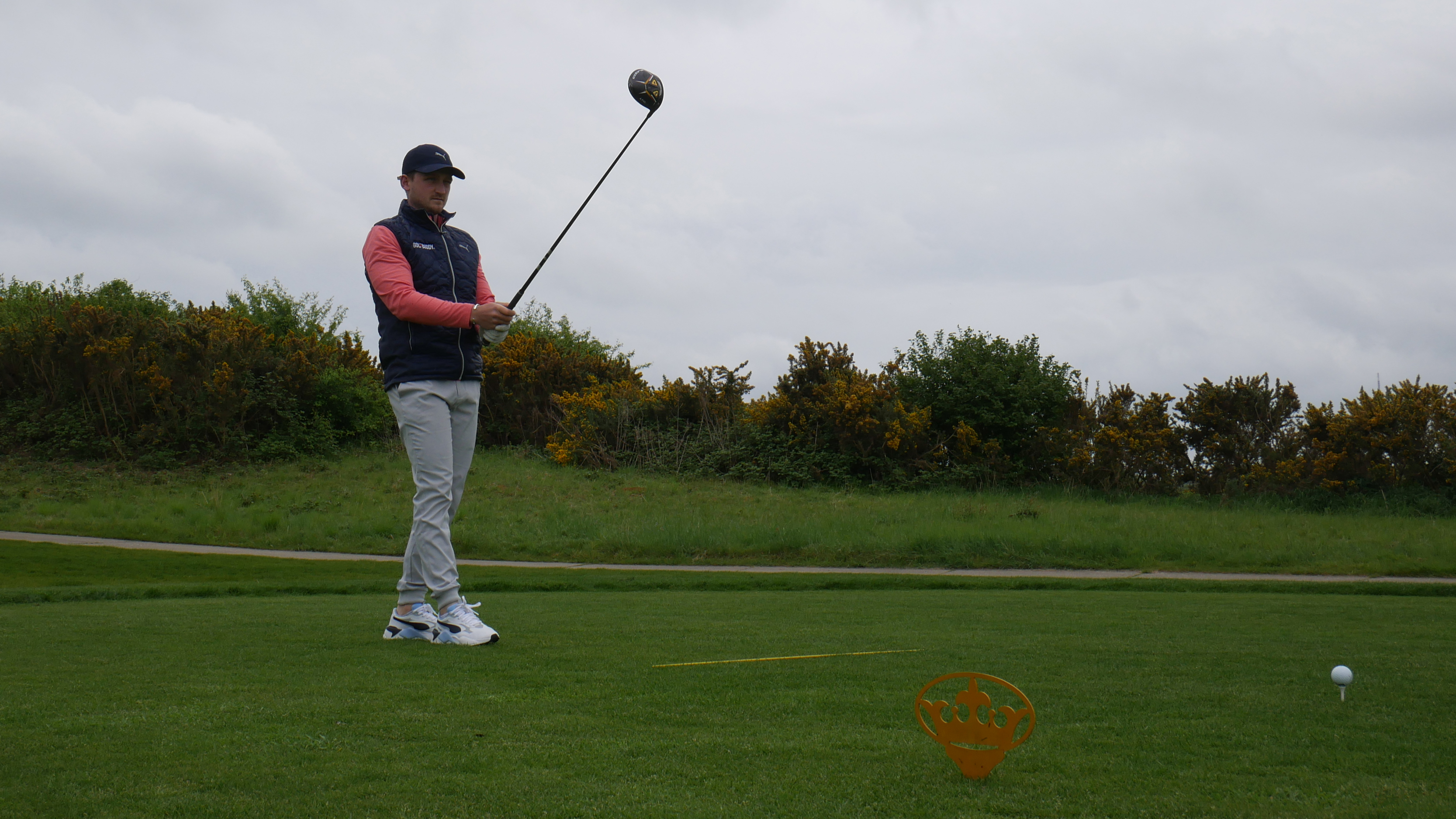
Let the shot dictate the swing, and remember to visualise what you're trying to achieve
For me, imagining you have these two zones is really helpful. In the thinking zone, you can consider any recent swing changes you might have been making but when you cross the line into the playing zone, let the shot dictate what you need to do.
In the video above, Alex demonstrates how he does this, standing behind the ball to aid with visualisation before pulling the trigger.
Mastering long approach shots
First of all, for higher-handicappers, make the most of the best hybrids on the market that are easier to hit and that tend to launch the ball higher. From there, it's vital not to fall into the trap of trying to help the ball into the air.
To do this, move the ball slightly further back in your stance than it would be with a fairway wood and focus on trying to take a small divot at impact. A good drill is to imagine the area behind the ball is out of bounds and take some practice swings trying to bruise the turf that is target-side.
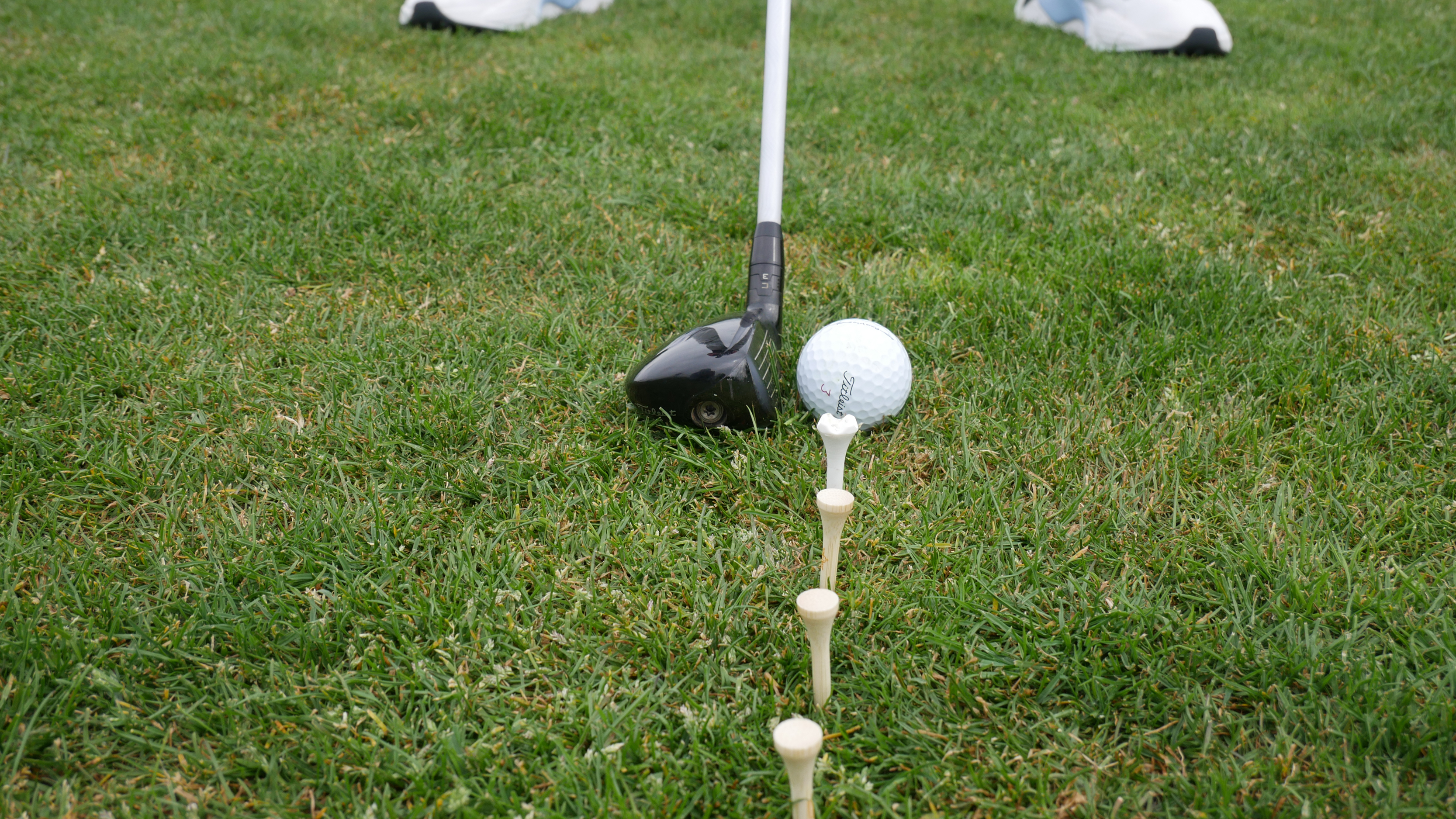
This drill will help you hit your hybrids better
Then, take that same swing thought into the shot and you'll soon find improvement in this part of the game.
Subscribe to the Golf Monthly newsletter to stay up to date with all the latest tour news, equipment news, reviews, head-to-heads and buyer’s guides from our team of experienced experts.
Grip down for more control
We've all been there. You've done the hard work by finding the fairway with your drive only to miss the green on approach and walk away with a bogey or worse. When it comes to scoring, this is disastrous.
You've got to take advantage when on the fairway with a short to mid iron in hand, and to do this, I want you to commit to hitting more three-quarter shots. In the video above, I run through an example of how to play the punch shot.
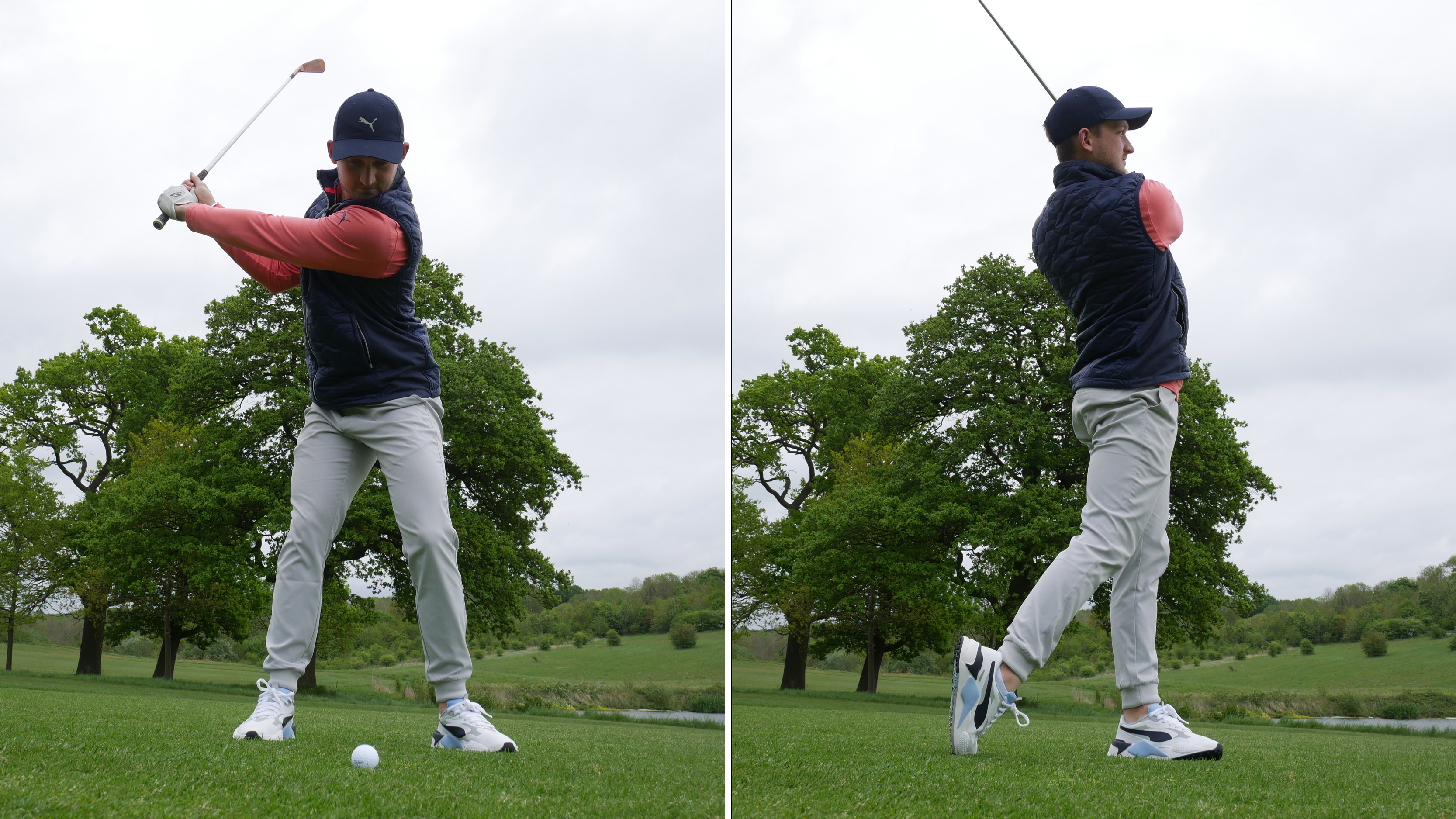
Grip down and swing shoulder to shoulder when trying to hit a punch shot
When trying to compress your iron shots, you want to make most of the adjustments at set-up. Grip down the club to gain control and check your ball position - it should be a little further back in your stance than usual. From there, focus on swinging shoulder to shoulder and you'll start hit more greens in regulation and lower your scores.
Pick specific targets
It's all well and good telling yourself to simply aim for the middle of the green to avoid being suckered into going for a tight pin, but if you don't pick out a specific target, it can be easy to lose focus.
Work on doing this when practising by using alignment sticks - one to line your feet up with and the other in front of the ball pointing at your chosen target. It's vital to use both as a lot of golfers often aim their bodies at the target, which will result in the club pointing right for right-handers.
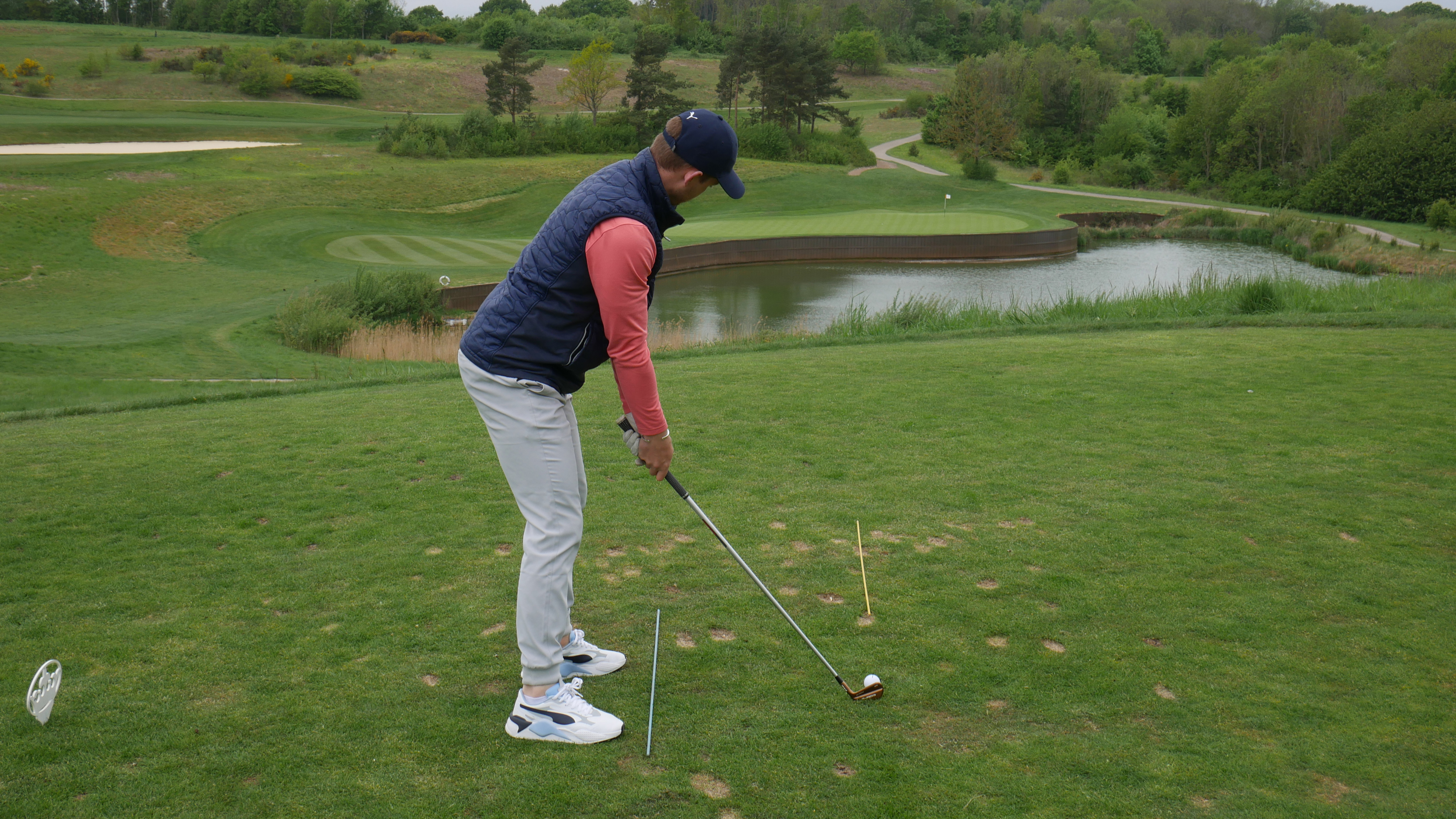
Aim small, miss small
When on the course, stand behind the ball and hone in on the smallest target you can find. For example, pick out a branch or a leaf on a tree, rather than the tree itself. Slowly, this mindset will improve your accuracy in all parts of your game.
Play smart around the green
Around the green, having a system for how to choose the right club is essential. In my own game, if I can putt it I will; if I need to chip it, I'll run it along the ground whenever possible; and if I have to, I'll take the aerial route. But there are a few things to consider before making your decision.
The main ones are the lie and the obstacle in front of you. In the video above, I'm faced with a shot from the fringe, so I've got the putter in hand. Coming through two different lengths of grass puts the emphasis on your ability to judge putting distance. I recommend taking a number of practice swings looking at the hole to get a feel for the length of stroke required.
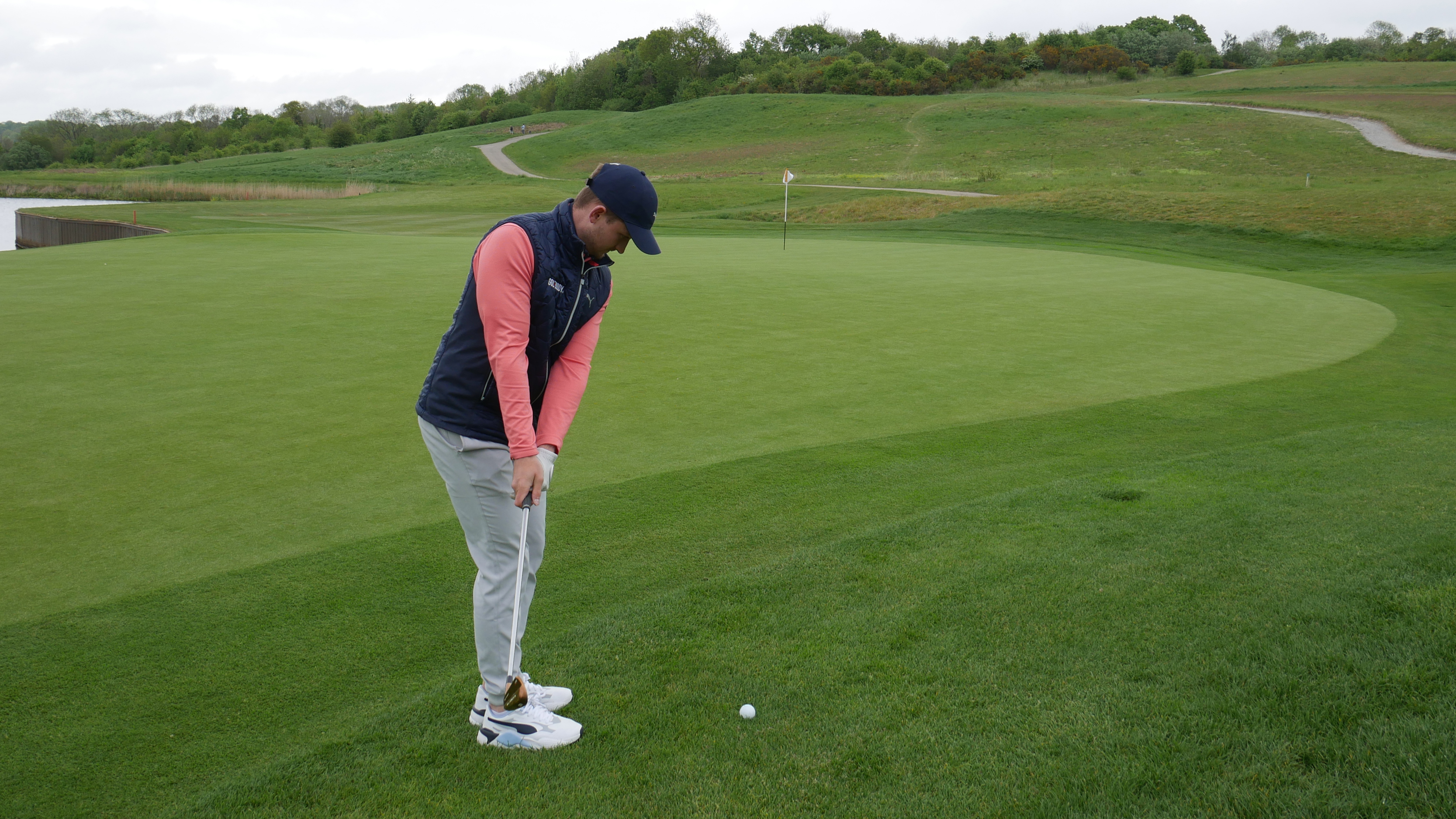
Don't be a hero around the green
When hitting a chip and run, I tend to use my 9-iron but you might prefer something more or less lofted. Once you've picked a club, go down the grip and stand closer to the ball than usual, encouraging a steeper shaft angle. Narrow your stance, putting more weight on your lead side and then just rock your arms back and through to get the ball running towards the hole. Use this shot when you need to chip and have plenty of green to work with.
Finally, when it comes to hitting the ball a little higher, it starts with knowing how to open the club face. After that, the main adjustment from the previous shot is in ball position. Move it further forward in your stance but keep your weight on your lead side. Focus on maintaining the triangle between your arms and torso as you swing through impact and you should notice the ball launch a little higher and land softer.

Location: Mottram Hall
Alex spent a great deal of time learning the game from fellow northwest golfer, Andrew Murray, who was a European Tour regular from 1979 to 1995. He spent three years on the European Tour caddying for Andrew’s son, Tom, before taking his PGA qualifications. His passion for the game and personality in front of the camera has helped him to create a thriving social media platform on Instagram and YouTube, where he offers a whole host of tips and advice to help viewers shoot lower scores.
Most significant influences on your teaching:
Mike Bender's book, 'Build The Swing Of A Lifetime', which I read during my PGA qualifications. He uses so many different tools to help students deliver the club better when hitting the golf ball. Andrew Murray, too. He helped form the way I interact with golfers and simplified what can be a complex game for a club golfer.
Advice for practice:
I like to get students to work in sets of five golf balls – three drills shots to two course shots. The drill shots have no consequence, but with the two course shots, I ask the student to create a green or fairway and go through a full routine.
Greatest success story:
One of my students hadn’t played golf for ten years - he'd lost his love for the game. After watching my online Instagram and YouTube content, he came for several golf lessons and has now joined a local golf club. Knowing I've helped get someone back into golf... you can't beat that.